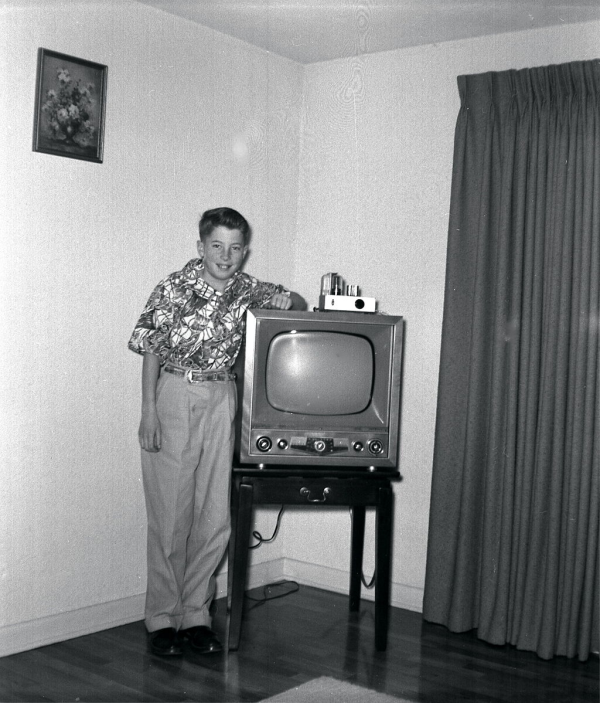Salt and Pepper (Noise): Key Ingredients for Imaging Blood Flow
Salt and Pepper (Noise): Key Ingredients for Imaging Blood Flow
Ken Tichauer
Very exciting, no doubt; however, the major limitation with Speckle Imaging has been its severely limited depth resolution. Flow estimations have typically only been from very superficial blood vessels, vessels that some argue are not involved in feeding active neural networks. It seems that is all about to change though with what I believe to be very high-impact work coming out of a collaboration between Prof. Turgut Durduran at The Institute of Photonic Sciences in Barcelona, Spain and Prof. Joseph Culver at Washington University in St. Louis. Profs. Durduran and Culver are reporting the first-ever tomography application of Speckle Imaging, capable of mapping blow flow in three dimensions. They have aptly coined the approach SCOT: Speckle contrast optical tomography, and you can catch the unveiling of this work by Dr. Hari Varma on Wednesday afternoon at OSA Biomed in the section: Diffuse Optics Novel Methods. Don’t miss it!
1. Fercher, A.F. and J.D. Briers, Flow Visualization by Means of Single-Exposure Speckle Photography. Optics Communications, 1981. 37(5): p. 326-330.
2. Ruth, B., Measuring the steady-state value and the dynamics of the skin blood flow using the non-contact laser speckle method. Med Eng Phys, 1994. 16(2): p. 105-11.
3. Yaoeda, K., et al., Measurement of microcirculation in the optic nerve head by laser speckle flowgraphy and scanning laser Doppler flowmetry. Am J Ophthalmol, 2000. 129(6): p. 734-9.
4. Dunn, A.K., et al., Dynamic imaging of cerebral blood flow using laser speckle. J Cereb Blood Flow Metab, 2001. 21(3): p. 195-201.
A future scientist?

Image credit: Early 1950s Television Set Eugene Oregon.jpg John Atherton / CC-BY-SA-3.0 / GFDL v.1.2 or later
